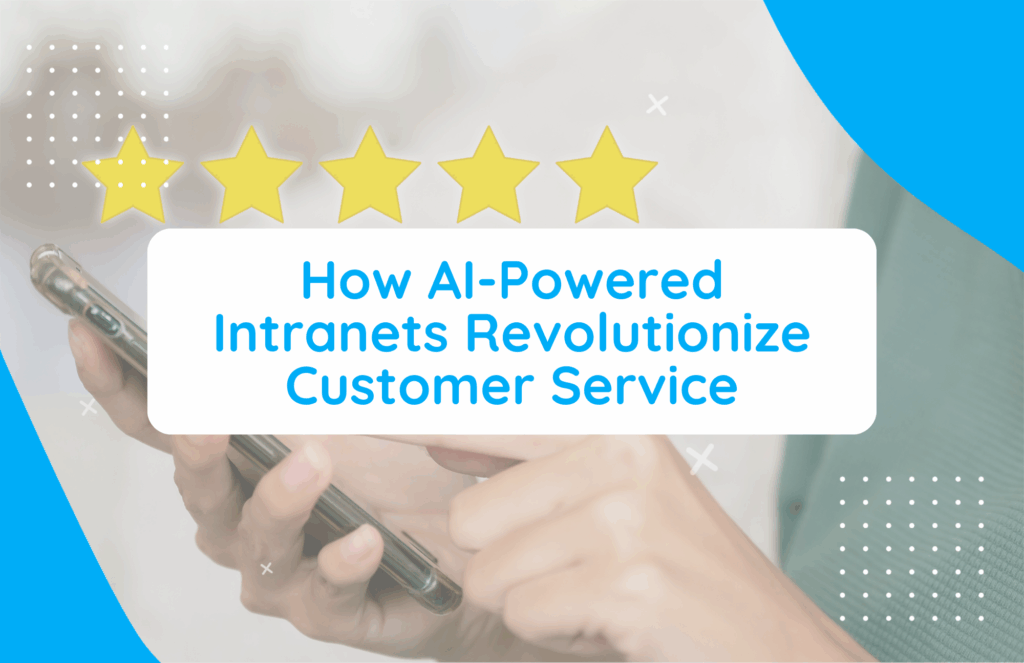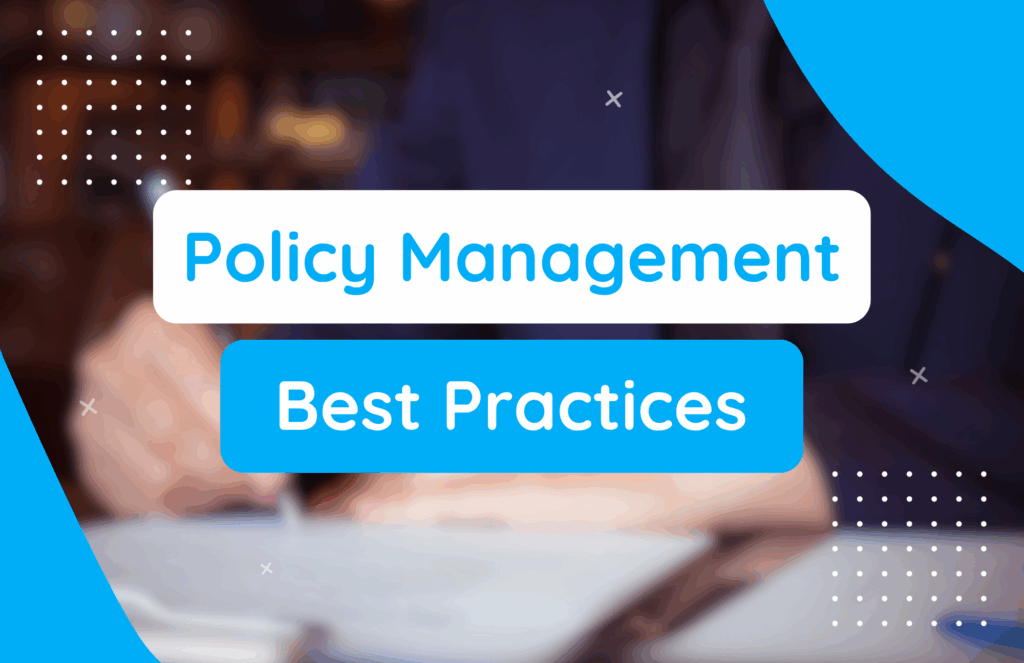Digital tools were already a mainstay of many businesses before the start of the new decade. Still, the widespread shift toward remote and hybrid work since then means today’s employees are immersed in digital platforms. That, in turn, means the usability of the tools and applications you provide will directly impact business outcomes and retention rates.
Therefore, you must shift your thinking away from individual applications and focus on creating a seamless digital employee experience (DEX), especially if your team members hold hybrid or remote roles.
On that note, here’s everything you need to know about implementing a DEX to improve employee satisfaction, engagement, and retention.
What Is a Digital Employee Experience?
A digital employee experience addresses how your employees interact with the technology and digital tools you provide. It encompasses everything from the software they use daily to communication platforms, collaboration tools, and overall ease of accessing information and resources. In other words, a DEX is the sum of all digital touchpoints that an employee encounters during their workday.
If you work to optimize the DEX you provide, your employees can navigate their tasks, communicate with colleagues, and access the resources they need without friction.
A positive DEX leads to increased job satisfaction and a more engaged workforce. Conversely, a poor DEX can lead to frustration, inefficiency, and disengagement.
How the Changing Workplace Has Made DEX Undeniably Important
A few different factors have pushed the concept of DEXs into the spotlight. As mentioned earlier, the widespread shift toward remote and hybrid work has made employees even more reliant on digital tools to perform their jobs. They can’t walk over to a colleague’s desk or hold in-person meetings, which means the digital tools and platforms you provide them with are their primary means of collaboration and productivity.
Employee expectations have changed, too. Today’s workers are digital natives. They use apps throughout their personal lives and expect the tools you provide to match the ease of use they enjoy when using their preferred technologies. Your team members will become frustrated if digital tools are clunky or outdated. They may resort to “shadow IT,” using unauthorized tools because they prefer them over company-provided options.
The Connection Between DEX and Employee Retention
A positive DEX directly impacts employee engagement and retention. If your employees have a positive digital experience, they are more likely to feel satisfied with their work environment. In turn, they may be more likely to stay with the company and less prone to pain points like burnout or disengagement.
Of course, you want employees to feel supported in their roles. Therefore, if you can streamline workflows with great workplace technology, you’ll more effectively meet employees’ needs and demonstrate that you want them to thrive.
5 Tips to Create a Great DEX
The DEX you provide to your employees matters now more than ever, so here are five tips to not only help you make using digital tools more enjoyable for the end user but also maximize employee productivity and retention:
1. Listen to Your Team’s Needs
Don’t start implementing new technologies and processes without determining the support your team needs. Hold feedback sessions to gather employee input about your existing solutions. Encourage your team members to share what they enjoy and detest and how they would like you to improve their DEXs. By involving employees in the process, you can identify the tools and operating systems that empower them to do their best work. Consider making feedback anonymous to encourage honesty. Otherwise, employees may be hesitant to share their true feelings.
2. Focus on Getting User Experience (UX) Right
Now that you’ve checked your team’s pulse, it’s time to map out the current state of your digital experience and how you can improve it. Begin with the user experience (UX), one of DEX’s most essential components. It refers to how your team interacts and experiences a system or product.
Choose digital tools that are intuitive and easy to navigate, carefully considering how all the tools fit together. Your team members should be able to move between different systems without feeling like they’re learning something new each time. A well-designed UX reduces frustration and helps employees focus on their work rather than fighting technical hurdles.
3. Offer Flexibility and Choice
A vital aspect of a strong DEX is providing employees access to their preferred tools. In the past, employees were often limited to a single device or software dictated by the employer. Today, however, workers have diverse preferences. Allowing some flexibility in choosing devices and software can empower employees to work more efficiently and comfortably.
This approach improves satisfaction and helps prevent shadow IT. By giving employees access to the tools they love, you reduce the likelihood they’ll seek unauthorized workarounds.
4. Invest in Collaboration Tools
A bad DEX will make it difficult for remote and hybrid workers to collaborate and communicate, which can drive disengagement and turnover. Provide your team with tools that connect them to the business and their coworkers.
Tools like Slack, Microsoft Teams, or Zoom can keep your team connected regardless of where they work from. However, you must ensure that the platforms you choose offer real-time collaboration capabilities, such as shared workspaces or document editing.
5. Create an Integrated Digital Workplace
By now, you’ve rolled out plenty of new technology to promote seamless internal communications and better collaboration. But that doesn’t mean you’ve perfected your DEX strategy. Your next step is to bring all these tools together.
An intranet will provide all stakeholders with seamless access to key apps, creating a consolidated digital experience. The best solution will allow easy access to multiple tools from a single interface, which can support high user buy-in and ensure your business is getting the most out of its technology investments.
Cultivate an Awesome DEX with hubley
If you’re looking for a user-friendly and customizable intranet solution, hubley can help. Our platform integrates mission-critical tools like Microsoft Office, project management software, and communication applications into one seamless experience.
hubley offers unmatched functionality via user-friendly interfaces, ensuring your team can access the tools and resources they need when needed. But don’t just take our word for it; check out hubley today and experience the benefits of a unified DEX.









